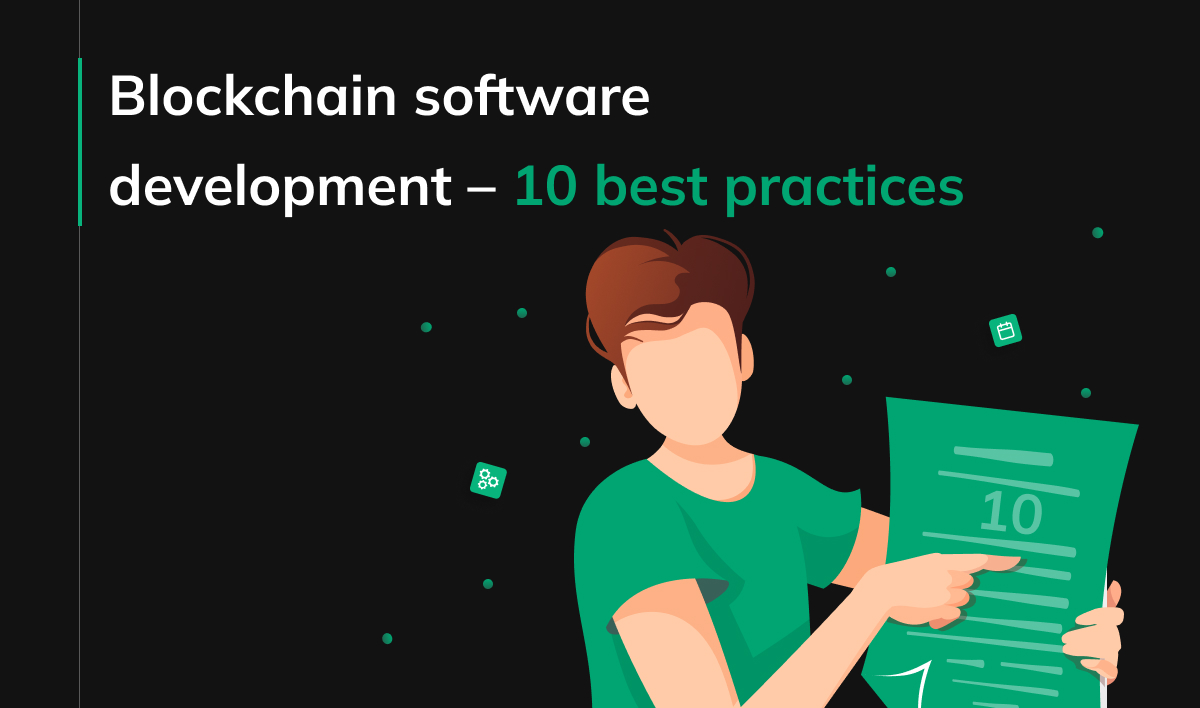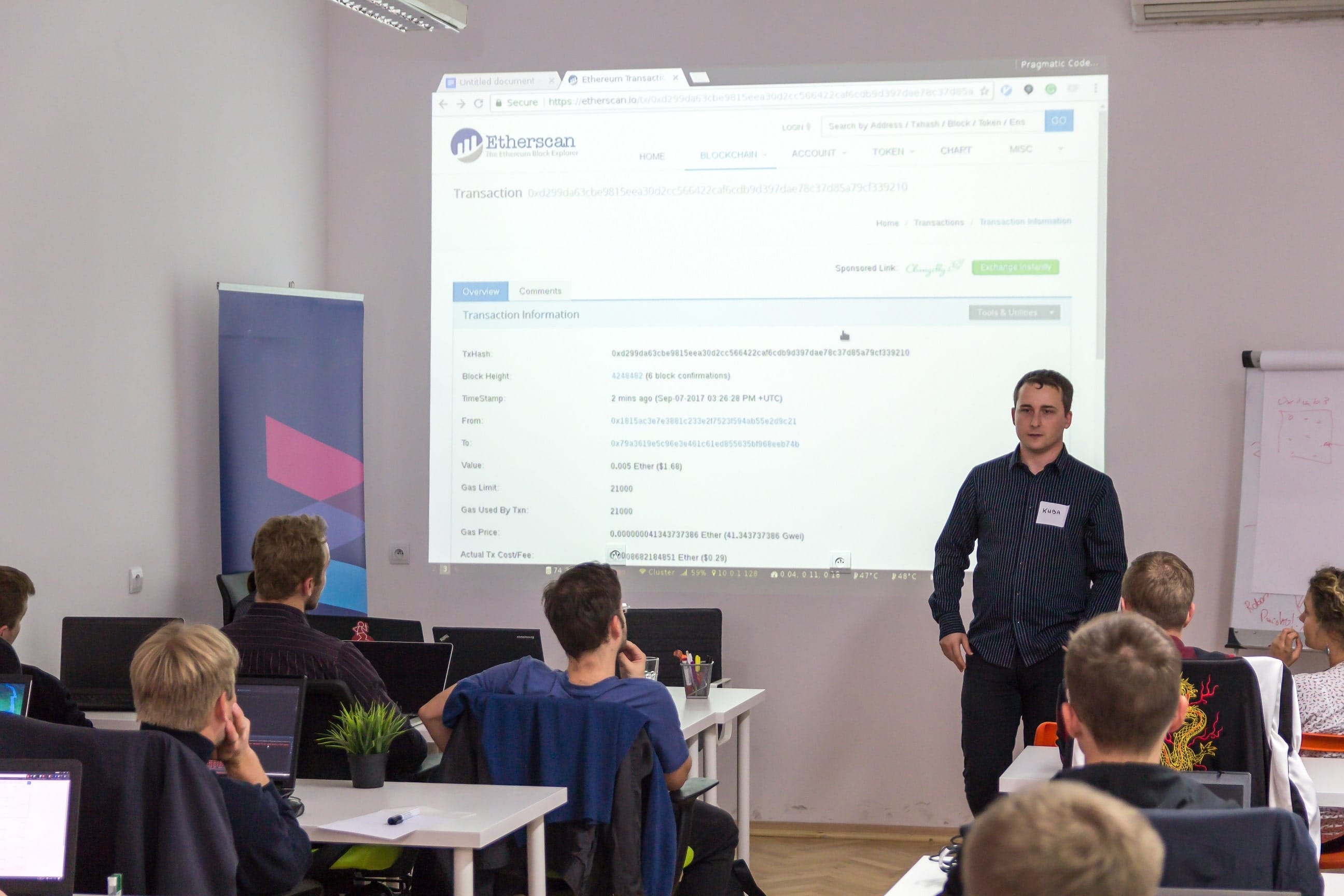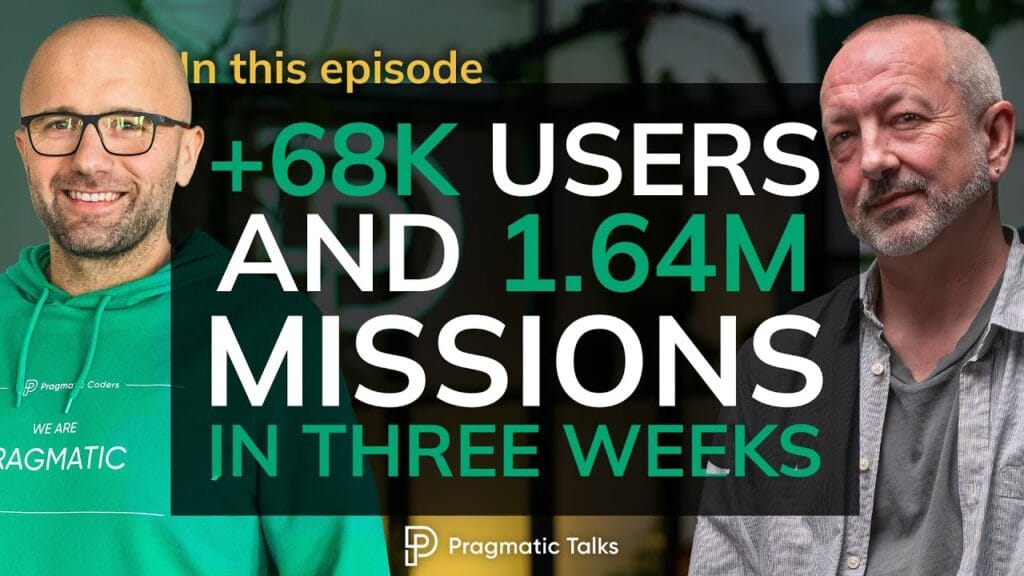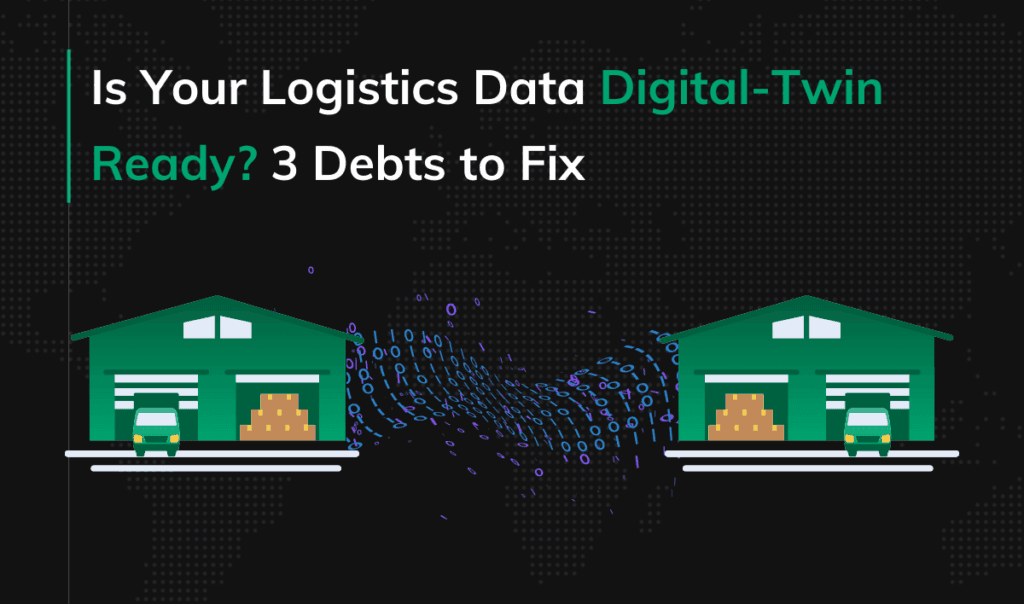Blockchain software development – 10 best practices

Let’s assume that you’ve heard that blockchain is now the top of the top popular technology when building new products, so you are going to take advantage of it. Here are the best practices that will help you during the strategy and development process. You may be surprised, but we’ll start by questioning whether you really need blockchain.
Consider if blockchain is for you
The hype around this technology has made everyone want to use it in their projects, even if only to impress investors. However, we must firmly state that it is not a miracle panacea and won’t work in every project. If your product doesn’t consist of data storage, you don’t need a blockchain. The blockchain is a kind of database that assumes continuous build-up. Furthermore, for blockchain to work well, it needs to be decentralized. This means that once you go live with your product, you put the governance over it in the hands of your users. If, on the other hand, you plan to exercise control over the product all the time, that means you don’t need the technology we’re talking about.
Focus on the market
You read above that blockchain products need decentralization, and that’s correct, but you should do it at the proper stage when your product is ready for scaling. At the very beginning, take care of what every startup founder should take care of – product-market fit. Focus on developing a product that users will like, but don’t develop it endlessly before releasing it. Build a working version of the MVP and test it on real users. That’s the only way you’ll know what they need. And that knowledge will ensure your success later on.
Be transparent
Whether you’re just building an MVP or expanding your product before decentralizing, be transparent with your target group. As a part of your product marketing strategy share your documentation and development plans with potential and first users. Transparency will give you a good reputation in the industry and allow you to gain trust. It’ll also attract early users, even if your product is not yet decentralized.
Public or private blockchain – what to choose?
People often ask which one is better. Of course, it depends on your goal. If your product is developed for a specific organization or several companies that share a B2B relationship, choose a private blockchain because only verified members will have access to it. In other cases, rely on public blockchain, which makes it so that no trust is needed between participants because everything is recorded, public, and cannot be changed.
Trust the experts
We can imagine a company that delegates blockchain software development to its internal IT department with no experience in this technology. We can also imagine one that outsources such a project to any software company. In both cases, the project has a chance of success if they are handled by capable people, but it’ll take some time. They will need to learn new technology. Therefore, we advise you to look for a partner with expertise in blockchain software development that can provide you with a product development team including an experienced architect with deep knowledge of cryptography and blockchain architectures. Besides, the team should also consist of domain experts, designers, and a Product Owner who will oversee the entire project and take care of your business goals.

Photo from a workshop on blockchain, led by specialists from Pragmatic Coders
Use already existing resources
In 99% of cases, we discourage our clients from building all product components from scratch, because there are many white-label or/and open-source solutions from proven suppliers you can use. This applies even more to the subject of this article, because open-source blockchains, like Ethereum or Binance Smart Chain, are at your disposal. As a company with the word “Pragmatic” in its name, we advise using one of them so your product can deliver business value as quickly as possible.
Take care of the user experience
Let’s be honest – blockchain technology, non-fungible tokens, digital assets, smart contracts, cryptocurrency transactions – all of these concepts are new and pretty damn complicated for most people. So make at least using your new product intuitive! For this, you’ll need experienced UX/UI designers who can work with developers and together create a user-centric product.
Define the rules of the game clearly
You need to determine how many users will participate in a blockchain network, how new users will be added to it, as well as how to determine if a user or organization should be cut out. You will need a procedure that allows you to remove bad actors from the stage. Also when using tokens in your product, you need to determine how they will be distributed and whether their number will be limited or continue to grow. This all ties into the transparency mentioned earlier.
Security first
The biggest threat to immature blockchain is the so-called 51% attack, which is when some entity owns more than half of the computing power on a given network, so it can, for example, change historical data stored in the registry. The most vulnerable are newly created and small networks. This is another reason to use Ethereum smart contracts, for example, as it is an evolved network and immune to such an attack. You can read more about 51% attack in our earlier article. There you will also find information on how to protect yourself against it.
Remember, technology is evolving all the time. This provides new opportunities for both you to provide better protection for your product, and unfortunately for those who have nefarious intentions. So you need to keep your eye on the ball all the time!
Use cloud network to store data
Blockchain is not a good place to store large files, because every data stored on the blockchain is replicated between all nodes. For large files storage and compute costs can increase significantly. Therefore, we advise you to use Google Cloud Platform, Amazon’s Simple Storage System or InterPlanetary File System.







